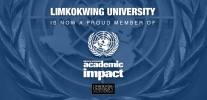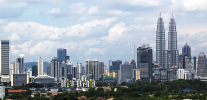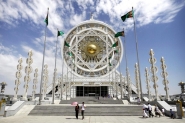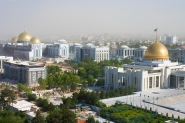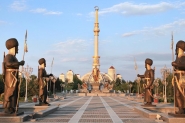 Photo Credit: liveinternet.ru
Photo Credit: liveinternet.ru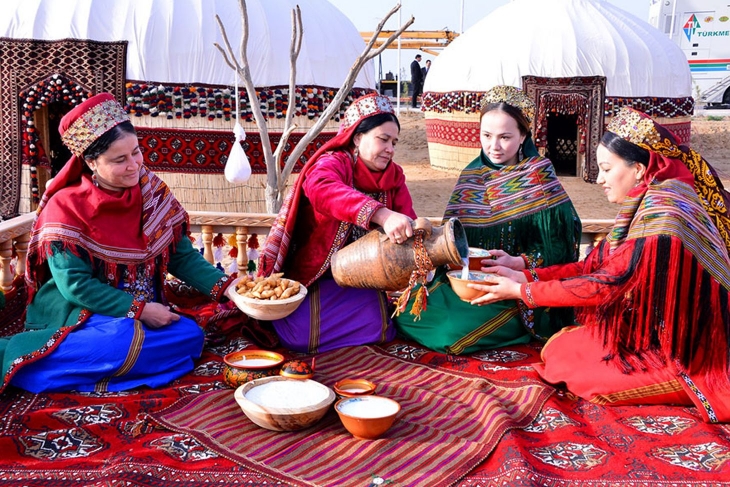 Photo Credit: akipress.com
Photo Credit: akipress.com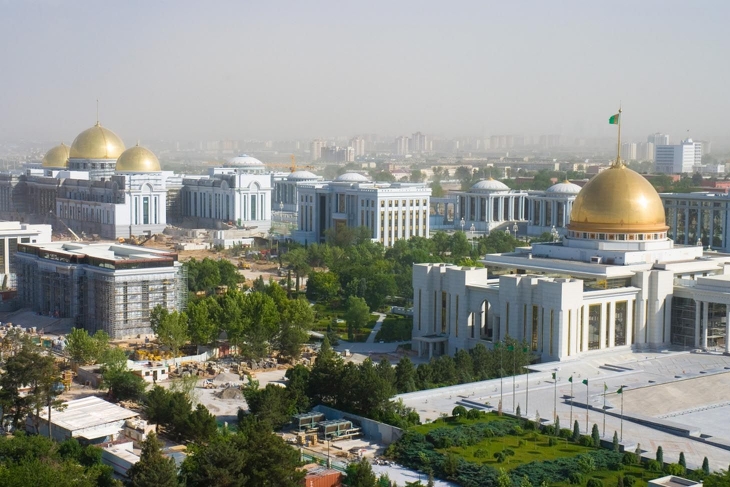 Photo Credit: theculturetrip.com
Photo Credit: theculturetrip.com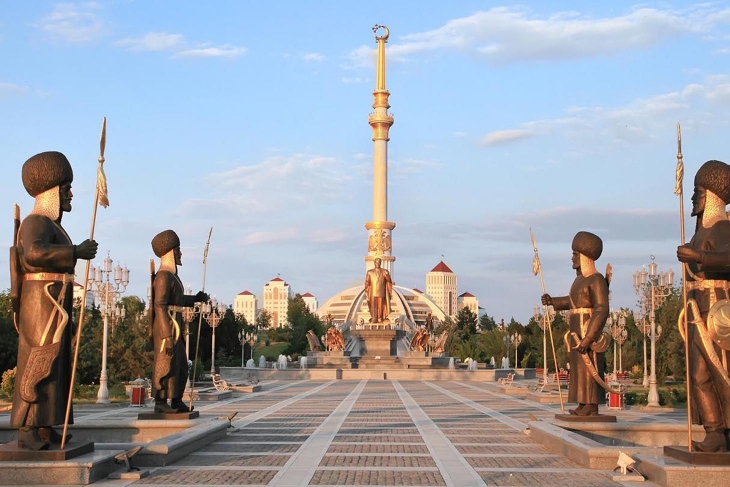 Photo Credit: worldtravelguide.net
Photo Credit: worldtravelguide.net
Present day Turkmenistan covers territory that has been at the crossroads of civilisations for centuries. It is famous for its large gas reserves and has a reputation as an island of stability in Central Asia.
Turkmenistan is bordered by the Caspian Sea between Iran and Kazakhstan, and largely covered by the Karakum Desert. It has prominent archaeological ruins including those at Nisa and Merv, which are major stops along the ancient trade route – the Silk Road.
Ashgabat, formerly known as Poltoratsk between 1919 and 1927, is the capital and the largest city of Turkmenistan. Originally developed by the Russians in the late 19th century, Ashgabat became a prosperous and largely Russian frontier town on the Trans-Caspian railway. In 1948 the city vanished in less than a minute, levelled by an earthquake that measured nine on the Richter scale, killing more than 110,000 people.
The city was rebuilt in Soviet style in the mid-20th century and is filled with grand monuments honouring former president Saparmurat Niyazov.
Turkmenistan is one of the world’s fastest-growing economies. It is a desert country with intensive agriculture in irrigated oases and significant natural gas and oil resources. In terms of natural gas reserves, it is ranked 4th in the world.
The country produces roughly 70 billion cubic metres of natural gas each year and about two-thirds of its exports go to Russia’s Gazprom gas monopoly.
The two largest crops are cotton, most of which is produced for export, and wheat, which is consumed domestically.
Although agriculture accounts for roughly 14% of GDP, it continues to employ nearly half of the country’s workforce. Hydrocarbon exports (mainly natural gas) make up 31% of Turkmenistan’s GDP, with 60% of gas exports going to China and the remainder to Russia and Iran.
According to the World Factbook, Ashgabat has explored two initiatives to bring gas to new markets: a trans-Caspian pipeline that would carry gas to Europe and the Turkmenistan-Afghanistan-Pakistan-India gas pipeline. Both face major financing and security hurdles and are unlikely to be completed soon.







